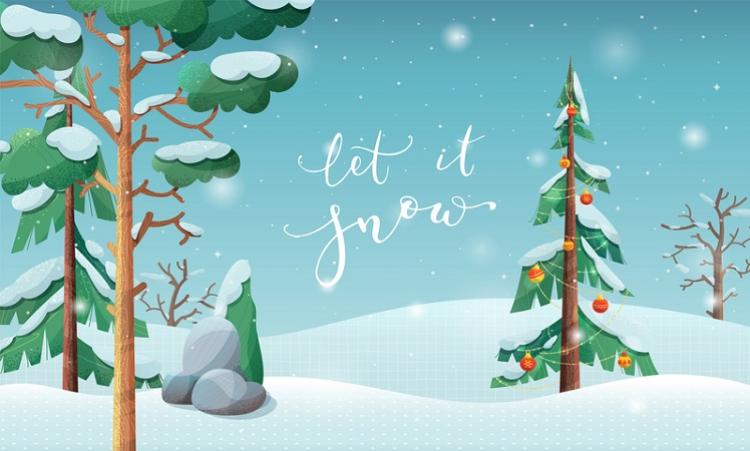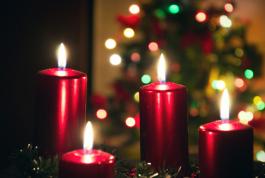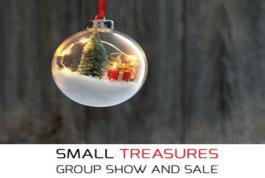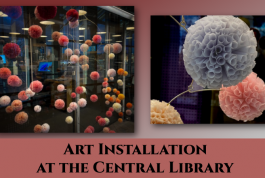Snow is certainly part of the image of Christmas.
Baby Jesus didn’t see snow but he may have sometime in his life since snow is found in the mountains in Israel.
There are no pagan roots to this but what was happening in England and surrounding areas at this time did. There was what has been referred to, thought a term refuted, a Little Ice Age. Scientists regard it as a modest cooling of the Northern Hemisphere during the medieval period, possibly caused by volcanos, tilting of the earth, or decreases in the human population (for example from the Black Death and the epidemics emerging in the Americas upon European contact). This cooling period ended about 1850.
So when Charles Dickens was a child, Britain had very heavy snow falls around Christmas, and when he wrote 'A Christmas Carol' he put lots of snow and ice in it! Many of our images of Christmas come from this.
Many of our favourite Christmas songs reinforce this image. We all dream of a White Christmas!

A 'White Christmas' means for most people a complete covering of snow on the ground, with some snow falling on Christmas Day.
However, the British definition is that a single snowflake has been seen falling in the 24 hours of Christmas Day!
We can talk about snow at 3 levels
- the weather event
- how it collects on the ground (what you experience shoveling)
- shape of its ice crystals or flakes
Since we like to talk about weather, here are a few terms you may wish to have.
As events it is important to distinguish between:
- Blizzards - sustained wind or frequent gusts of at least 56 km/h greater, reducing visibility to less than 400 m. 3 for atleast hours
- Snow flurries - light snowfall ,with only a trace level of accumulation.[8]
- Snowsqualls - brief, but intense moderate to heavy snowfall with strong, gusty surface winds and measurable snowfall.[9]
- Thundersnow - a snowstorm generates lightning and thunder
Shoveling terms:
- Corn snow –coarse, granular snow, thatmay have thawed and frozen again
- Crud – difficult to ski on . Either windblown powder with irregularly shaped crust patches or, deeply rutted re-frozen snow or deep .heavy snow saturated by rain
- Packing snow - is at or near the melting point, so that it can easily be packed into snowballs
- Slush – substantially melted snow with visible water in it.[41]
- Snirt – snow covered with dirt, (e.g. from uncovered fields or plowing operations)
Types of precipitation:
- Snowflakes are not frozen raindrops. Frozen raindrops are sleet!
- Snowflakes and Snow Crystals are both formed in the clouds, but snow crystals are from the freezing of vapor and snowflakes are from water droplets.
- Snowflakes are hexagonal (six sided) and categorized into six main types:
- Plate (flat)
- Column
- Stars
- Dendrite
- Lacy
- Needle
- Capped column
- When it is extremely cold the snow is very fine and powdery and snowflakes become quite simple in design, usually needle or rod-shaped.
- When the temperature is near to freezing point (0 degrees Celsius), snowflakes become much larger and a lot more complex in design.
- There are 35 main snowflakes
Click HERE for more snowy information.
There are two beautiful books on snowflakes I would recommend to help you appreciate the beauty that is snow.
Ken Libbrecht's Field Guide to Snowflakes.
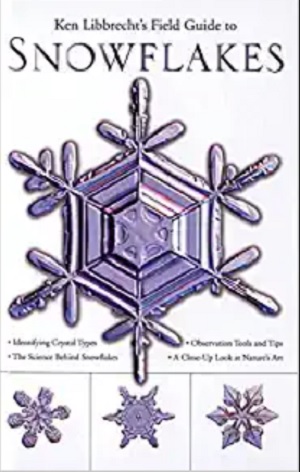
William Bentley’s Snow Crystals (There are adult and children's vesions of this book)

A joy of snow and Christmas are snowmen.
Two classic tales are 'Frosty the Snowman' (1952) - snowman being decorated with a corncob pipe, button nose, coal eyes and an old silk hat. The Snowman (made in 1982) about a snowman who comes to life and takes a little boy flying off to see Father Christmas.
Bob Eckstein, The History of the Snowman: From the Ice Age to the Flea Market (2007) documented drawings of snowmen from back in 1380 in the Netherlands. I would bet they were made even before that date!
The tallest snowman is actually a snow woman named after a U.S. Senator from Maine, Olympia Snowe. It was 37.21 m tall.
In 2016 the smallest snowman of sorts was created in a nano-fabrication at University of Western Ontario. It consisted of three roughly 0.9 micron spheres of silica, platinum arms and nose, and a face made by an ion beam.
In Japan snow rabbits, or "Yukiusagi" are created.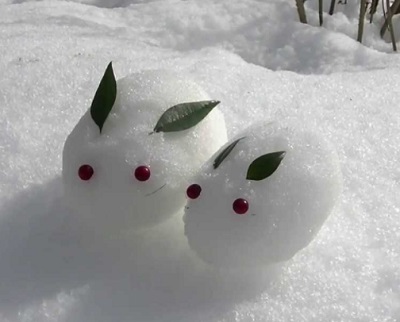
If the snow is not packing and you have some time on your hands here are 45 DIY snowman ideas. They can be made for next Christmas? I predict we will not have much time to sit around and do crafts. We’ll all be busy socializing!

